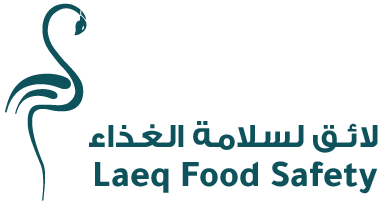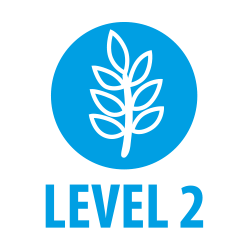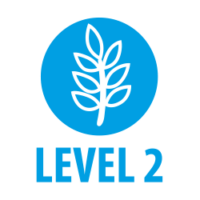Highfield Level 2 International Award in Food Allergen Awareness and Control in Catering
Building on a basic understanding of food safety, this qualification is intended to provide food handlers working in catering and retail, with the essential practical knowledge to enable them to assist in reducing the risk to customers, who are at risk from allergens.
It is designed to provide knowledge and understanding of food allergens and foods that commonly cause intolerances, their characteristics and effects, the importance of effectively communicating information regarding allergenic ingredients to customers, and how staff can minimize the risk of cross-contamination from allergenic ingredients.
Description
Who is this qualification for?
The qualification is aimed at food handlers and other staff involved in food preparation and service who work within the catering industry. Building on a basic understanding of food safety, this qualification is intended to provide food handlers working in catering and retail, with the essential practical knowledge to enable them to assist in reducing the risk to customers who are affected by allergens.
How long will it take?
To complete this qualification learners should expect to undertake 5 hours of learning in total.
Topics covered
The qualification is designed to provide knowledge and understanding of food allergens and foods that commonly cause intolerances, their characteristics and effects, the importance of effectively communicating information regarding allergenic ingredients to customers, and how staff can minimise the risk of cross-contamination from allergenic ingredients.
Invaluable support for your learners
Laeq Products provides some fantastic training materials that we think your learners will love when taking this qualification.
Additional Information
| Learning Outcome | Learning Outcome: |
|---|---|
| Languages | Available in English |
| Learning Hours | 5 Hours |
| Assessment Method | This qualification is assessed by multiple-choice examination. |







